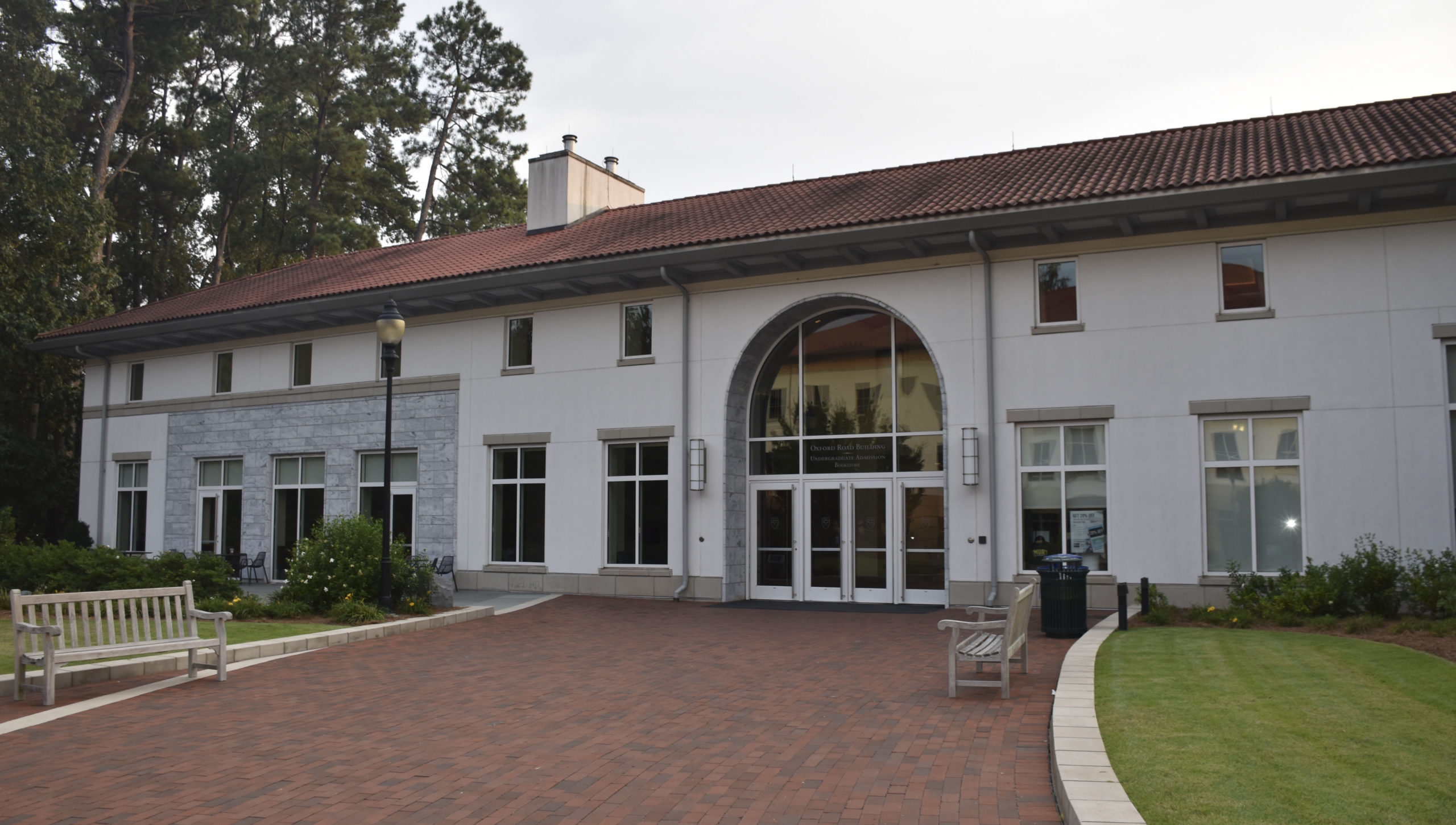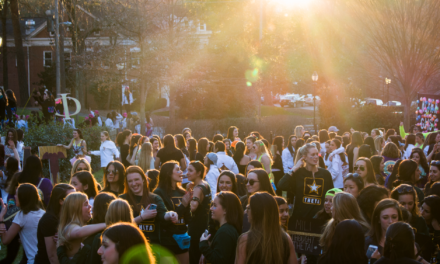Regular Decision applicants received their Emory University admission decisions on March 30 at 6 p.m. According to Dean of Admissions John Latting, 9% of all Regular Decision applicants were admitted. The Early Decision I round of applicants had an acceptance rate of 32%. The overall admit rate was 10.6%.
“When I got in, I started crying,” Anna Hughes (26C) said. “I couldn’t believe I had done it. I was so excited and proud of myself and I sometimes still can’t believe I’m going to Emory because I’ve been dreaming about it since sophomore year.”
Hughes’ acceptance was one of a few thousand. A total of 33,517 applicants applied for the Class of 2026. Of that, 3,592 students were accepted to the Atlanta campus, while 3,148 were accepted into Oxford.
“We are looking for the same sorts of qualities as we have in the past: academic preparation, engagement and diversity,” Latting said.

Emory Admissions Building. (The Emory Wheel/Matthew Friedman, contributing writer)
About 13% of applicants were accepted into the Class of 2025. Latting explained that the decrease in admissions is likely due to an increase in applicants and a growing trend of more applicants applying in the Early Decision rounds instead of Regular Decision.
“I felt that Emory was the right environment for me, academically rigorous but still allowing for collaboration between students,” Ellen White (26C), who applied Early Decision, said. “I could really see myself going there.”
COVID-19 caused many University operations to move online, including offering virtual tours and events for applicants. As students across the world found this made Emory more accessible, the University is still offering virtual programming for students who are unable to visit campus, in addition to resuming in-person events.
Latting added that remaining test optional for the second year has also allowed for increased accessibility because more students who originally felt like they couldn’t apply to Emory due to lack of test scores could now apply.
According to Latting, this year’s applicant pool featured more students from the West Coast and Midwest, with all 50 states and 2,129 high schools represented.
White is a woman of color from California, two demographics that have been largely underrepresented in Emory’s application pool.
For the Class of 2026, 13.7% of domestic admits were first generation students while 36% of acceptances were from historically underrepresented populations, Latting said.
On a global scale, Latting noted that admits hail from high schools in 72 different countries and are citizens of 98 different nations. Emory’s international population has increased over the last few years — rising from 17% for the Class of 2024 to 19% for the Class of 2025.
Between all accepted students, 75 different languages are spoken at home or as a first language.
“49% of admits reported a language in addition to or other than English,” Latting said.“That is a really good testament to the globalization, diversity and breadth of the admitted class.”
Assistant Multimedia Editor & Atlanta Campus Desk | Lauren Baydaline (she/her 23C) is from Los Angeles, California, majoring in biology and anthropology and human biology on the pre-med track. Outside of the Wheel, she is working in Dr. Escobar's lab and as a classroom technical assistant. Baydaline is also an avid volunteer for the Glendale YMCA. Her hobbies include cooking, reading, selling clothes on Depop, and working out.




